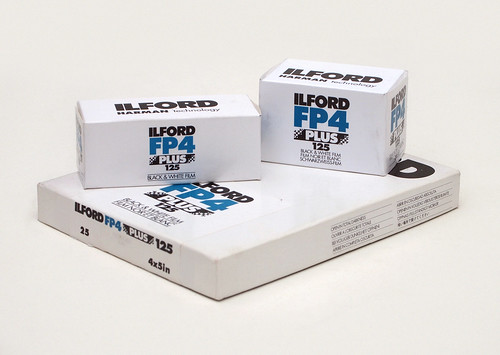 |
| Ilford FP4 Plus in medium format rollfilm, 35mm and large format sheet film |
In my post on HP5 Plus I wrote that it had been the default black and white film for me at one point, and, partly due to the kind of photographs I used to take, I tended not to use films slower than 400 ISO. This was the case for many years (when I didn't have access to a darkroom I mainly used Ilford XP2), until I returned to developing films myself. Subsequently, using Rodinal as a film developer has led me to be a little more discerning over my choice of the films due to its effects on grain, and, although I still use HP5 often, I started using FP4 around the same time.
FP4 Plus has many characteristics similar to HP5 Plus: although it is slower and finer grained, the film still possesses good latitude, and, as a traditional cubic-type emulsion, it has a similar look. The Ilford FP4 Plus technical information sheet gives a recommended range of meter settings from 50-200; it also gives development times for 'accidental exposure' at 25 and 400 EI with a couple of specific developers (on the Massive Dev Chart, there are ratings from 25-1000 EI, depending on the developer used). I've only developed FP4 Plus with Rodinal, and usually at box speed (although with my Olympus Pen EE3 half frame camera, I like the look of the film with a slight push to 200 EI). Using Rodinal, particularly in 35mm, the results I've usually liked best are those at higher dilutions, mostly at 1:50, but also I particularly like FP4 when stand developed in Rodinal diluted at 1:100. Additionally, I usually develop at sightly lower temperatures than the standard of 20ºC as this also has a bearing on the appearance of grain. With the exception of the first example below (a demonstration print made for a black & white film photography introduction), the rest of the images are scanned from the negatives.
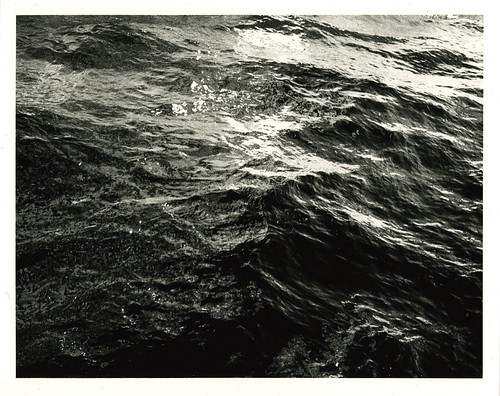 |
| Ilford FP4 Plus (35mm half-frame), rated 200 EI, developed in Rodinal 1:50, 25 minutes at 18ºC. Scan from print on Ilford MGIV RC. |
 |
| FP4 Plus (35mm), developed in Rodinal 1:50, 18m30s at 18ºC. |
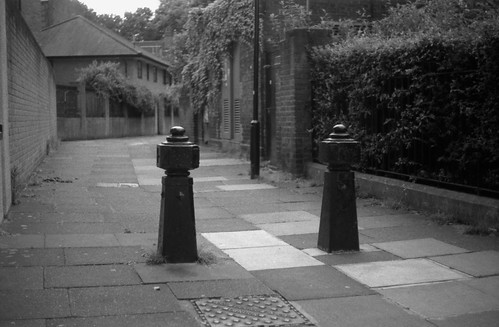 |
| FP4 Plus (35mm), developed in Rodinal 1:25, 10 minutes at 19ºC. |
 |
| FP4 Plus (6x9 medium format), shot at box speed, developed in Rodinal 1:50, 18m30s at 18ºC. |
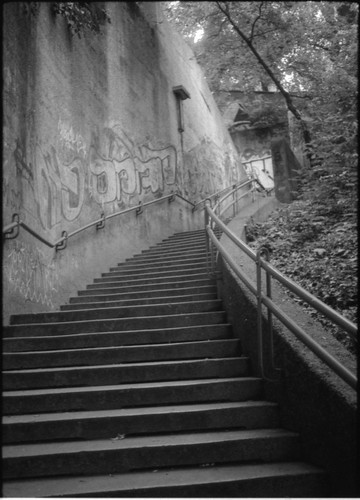 |
| FP4 Plus (35mm half-frame), shot at 200 EI, developed in Rodinal, 1:50 |
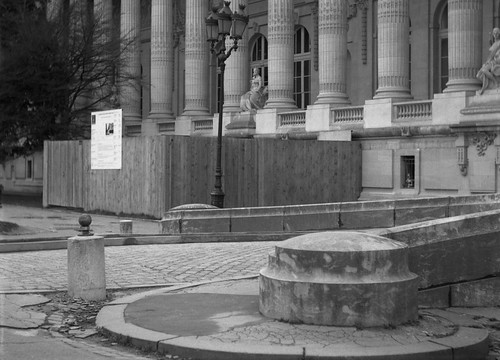 |
| Grand Palais, Paris; FP4 Plus (6x4.5cm medium format), rated 125 ISO, developed as 200 EI in Rodinal, 1:50, 24m45s at 18ºC |
Sources
Silver by the Ton - A History of Ilford Limited 1879-1979, RJ Hercock and GA Jones
www.ilfordphoto.com
http://www.photomemorabilia.co.uk/Ilford/Chronology.html
The water image is great. Fabulous texture.
ReplyDeleteThanks- it's reminding me I should do more prints and not just scan the negs all the time!
Delete